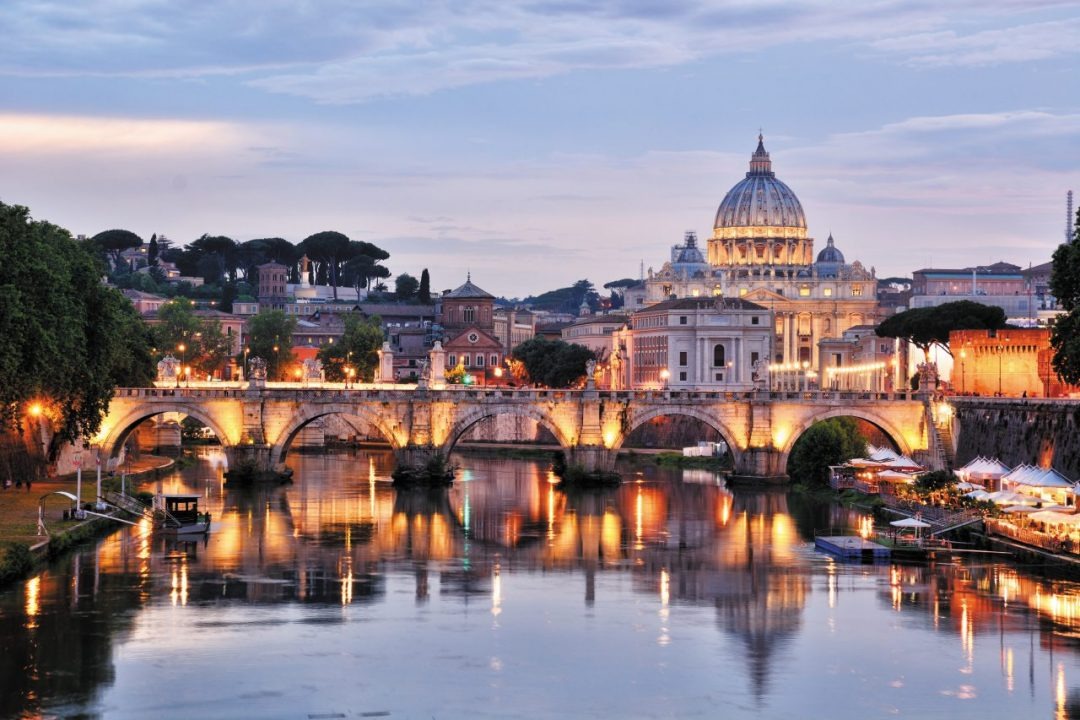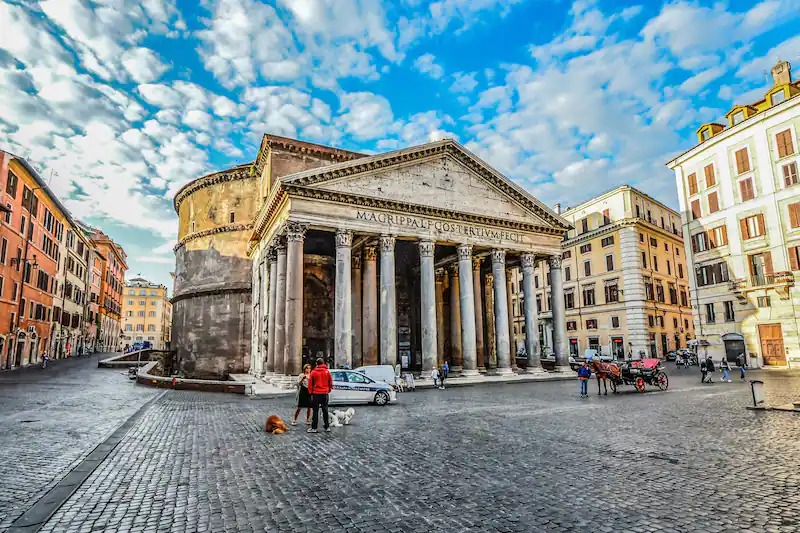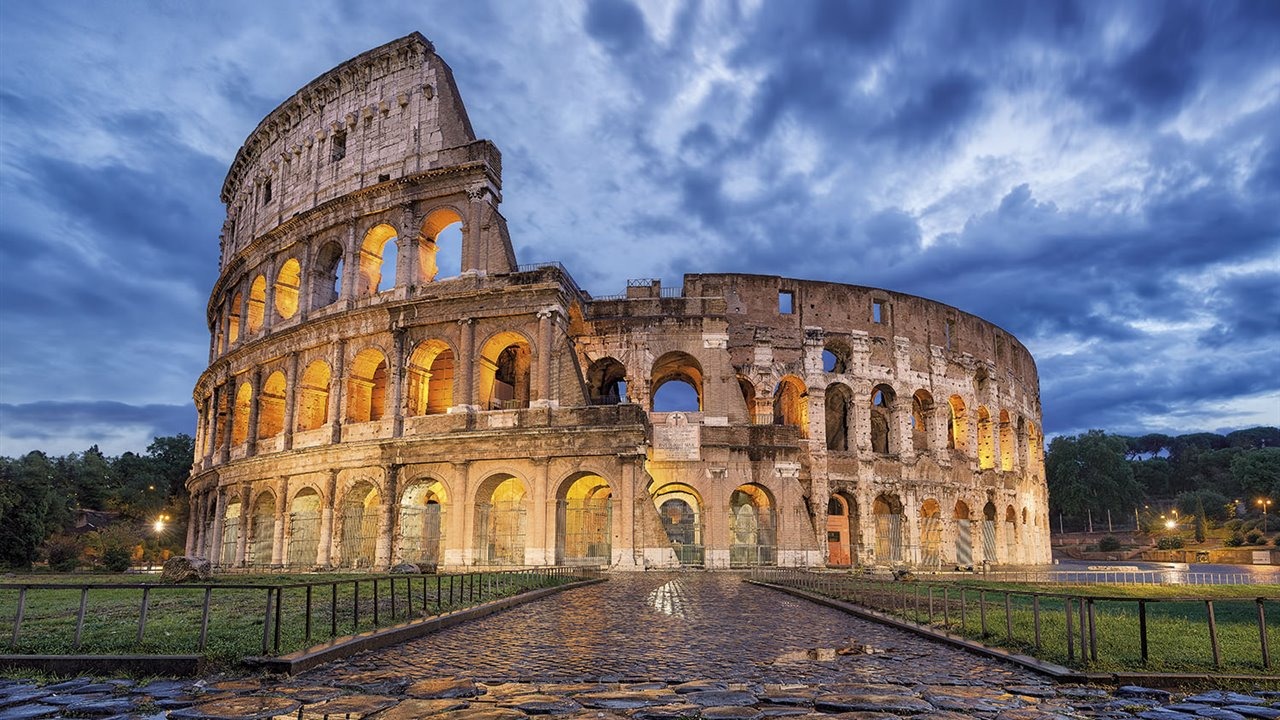Rome is a wonderful city, full of enchanted places to get lost for hours and above all full of wonderful people ready to welcome in the most characteristic of ways.
Unfortunately it is also true that Rome is the capital of Italy, and for this reason the pitfalls are always around the corner... there are those who say that Rome is not a safe city because of crime, but the truth is that the real danger is the traps for tourists! Starting with food with dubious taste tourist menus and ending with completely fake "city tours", it might be complicated to stay in this wonderful city for a long stay. That’s why we want to help you manage not only your finances, but we also want to direct you to a visit you will never forget.
Come in low season.
The first advice, perhaps the most obvious, is to avoid the high season. Every city in Italy has a different period to consider the high and the low season, this because it depends a lot on what the area has to offer. In a territory with sea, for example, the high season will be summer and the low winter. But it is not always so. The low season in Rome does not last long, in fact one of the busiest months ever is October.
The low season in Rome is from mid-November to just before Christmas, and again from 6 January until mid-March. Rome is also home to the Vatican, so it is advisable to avoid all periods that include sacred celebrations, such as the feast of 8 December, or that of 1 November.
Spring is already considered high season, but if you want to visit Rome and avoid scams in this period we do not recommend you to come the week before Easter, April 25, May 1: these are very important dates for Italy, because national holidays usually take place all over the city.

Watch out for the little things.
There are big differences between an Italian and a European, American or Canadian city. First of all, the tap water concept does not exist, since in every restaurant the water must be ordered in a bottle and paid separately.
In Rome in particular it is convenient to sit in the restaurant and order water, beer or wine (the latter is even cheaper than in the rest of the world) but it is not advisable to order soda or other drinks in can because they are much higher than the average you are used to. This is because Italy is not a consumer of this type of drinks and for this reason it increases the price when you are at the restaurant.
In Italy there is the concept of "coperto", or "table service". For example, having a coffee standing up will cost less than ordering a coffee and sitting at the coffee table. This concept does not exist in other parts of the world, but it exists in Italy and in particular in Rome where prices swell a lot if you choose to be served. But there is a positive aspect to the thing: in Italy tipping is not mandatory. For this reason you can pay for the service at the table and then stay as long as you want, without worrying about the time spent.
Avoid things that are typically touristy.
As in any self-respecting city, Rome also has a lot of tourist attractions. However, many of these are real tourist traps that have nothing to do with the beautiful city of Rome and should be avoided.
Near the Colosseum it is not difficult to come across gladiators or centurion soldiers. These people are there to take advantage of the tourists and ask from 10€ up for a photo. It is definitely not worth it, also because you can enjoy official shows in vintage clothes much more organized and especially legal.
At the same time we advise you to avoid the famous horse ride around Rome, where an hour’s ride also costs 200€ per couple. Surely it could be a unique experience, but it is definitely not worth it, especially because Rome can be very busy and you would end up not enjoying the view.
We also recommend that you avoid buying soft drinks or anything near food trucks or carts that sell expensive water and other drinks. You should always bring a bottle or buy drinks in nearby supermarkets, just to save as much as possible.
Save money thanks to the sights in Rome.
It is not true that to live in Rome you have to spend a lot of money. One of the biggest advantages of this city is that it is a real open-air museum, full of buildings, statues and monuments that can be visited in the open air and at no extra cost.
Rome is the city with the most fountains in Europe, some of them very famous as the Trevi Fountain. Rome is also home to many very famous churches and can be visited for free.
Often many tourists make the mistake of wanting to visit Pompeii from Rome, not knowing that the costs of tickets are disproportionate. In fact, it is worth visiting Pompeii once you arrive in Naples, so that you can get there independently and without any effort.
If you are in Rome, however, you should visit Ostia Antica, just as valuable and characteristic and certainly much cheaper!

It is another example of a Roman city, abandoned after a long time.
In any case, for those who want to visit the museums, we recommend not to buy tickets online but to go directly to the ticket offices of the various places of culture. Clearly if you want to visit the Colosseum our advice is to book, but for all other museums it is better to talk to the attendant because there are many discounts that are not often shown online. For example, children under 18 never pay, teenagers between 18 and 25 pay only two euros and so on.
For those interested in Vatican City, you can visit St Peter’s Square and St Peter’s Basilica completely free of charge, while you have to pay for the Vatican Museums.
Spend less when shopping in Rome!
Shopping during the sale period is definitely one of the best ways to save in Rome. In Italy, the government regulates the sales: these are made twice a year, one in winter and the other in summer. In winter they begin the first week of January, in summer they begin the first week of July. Concentrating your purchases in this period is a winning choice.
Not only clothes, but also food! When you are at the restaurant you should always avoid ordering a "special dish" without asking for the price first. They are usually ordinary dishes made to confuse tourists and charge the price beyond normal.
There are some foods that should be avoided, such as buffalo mozzarella that is transported from Naples and can cost up to 15€: in Rome it is better to eat typical dishes, such as carbonara, amatriciana and so on.
For the tip speech, in Italy it is much more complex than in other places. Usually you leave a few euros, this is because being a waiter in Italy provides for a contract, beneifici and other things that you do not have abroad.
Daily costs in Rome
Attractions: €14 (one paid attraction + any free sights)
Food: €25
Breakfast: €3
Lunch: €6
Dinner: €12.50
Treat (dessert/beer/wine): €3
Transportation: €3
Accommodation (hostel): €30
Read more here.


